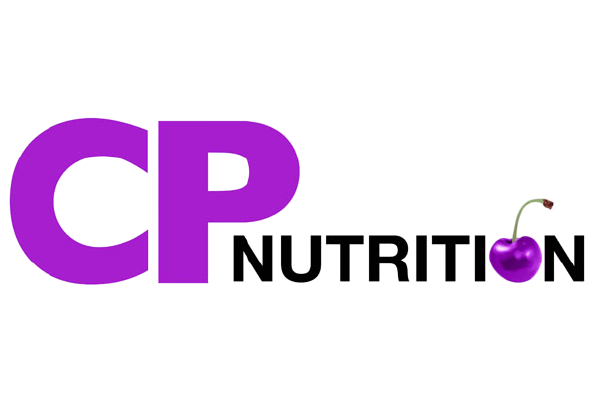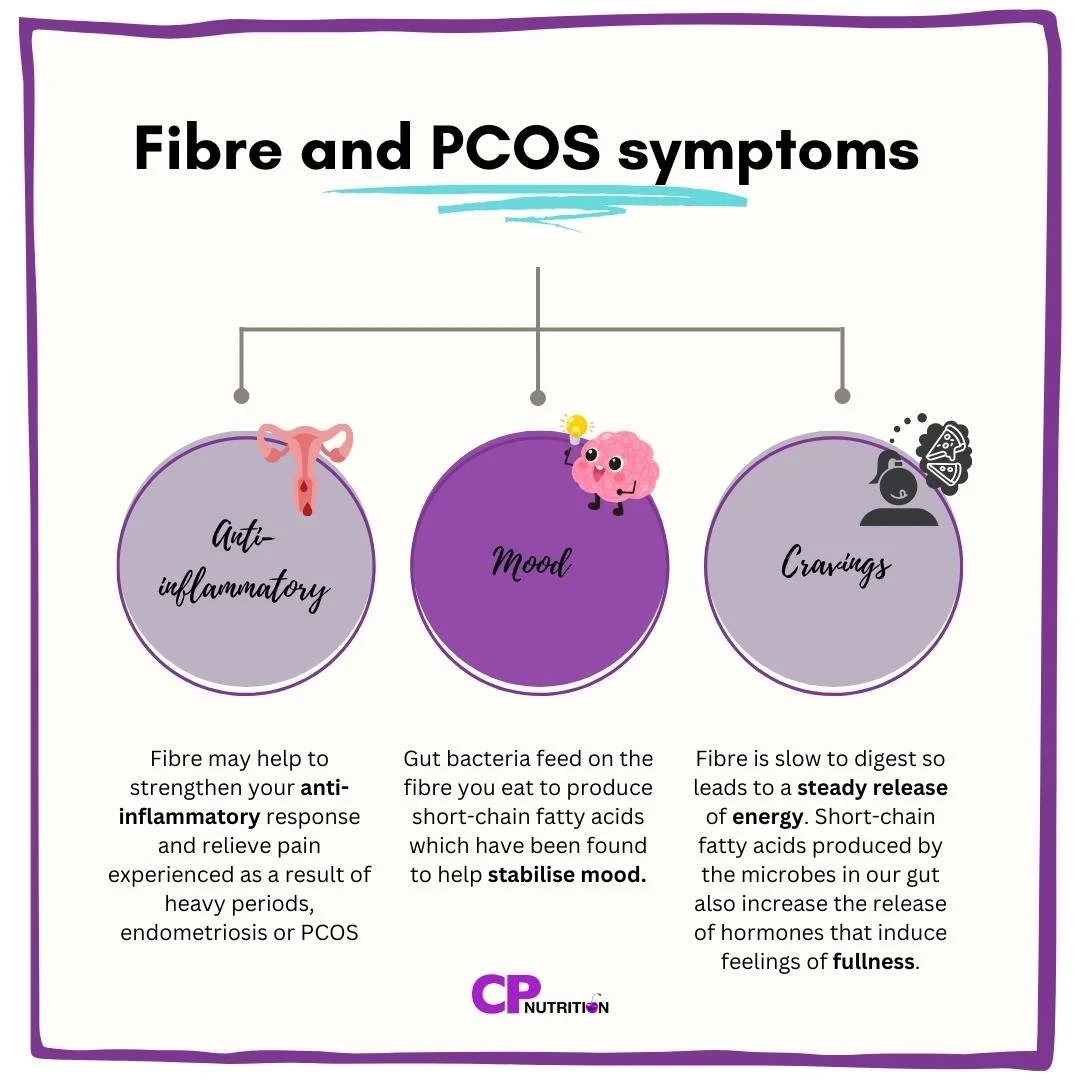How Fibre Can Help PCOS
Fibre is a type of carbohydrate that can’t be digested by the human small intestine (1). All adults should aim to consume around 30g per day as part of a balanced diet, however recent studies have found that the average adult only consumes around 18g per day (2).
It can be difficult to meet the 30g a day guidelines if you don’t know the fibre content of the foods you typically eat, nor have the time to plan and prepare meals specifically to meet these recommendations. In this post we will discuss practical and easy ways to increase fibre intake and how this could help to ease some of your PCOS symptoms.
Health benefits of including fibre in your diet
You may have heard of the gut microbiome, but unsure exactly what it is? Well, the gut microbiome generally refers to the community of bacteria, yeast and fungi (as well as other microorganisms) that live in our gut (3). Some of these bacteria ('good bacteria') give health benefits to us humans, whilst others ('bad bacteria') can have a negative effect on our health. Fibre is the main source of energy for the good bacteria, therefore including a variety of fibrous foods in your diet encourages growth of a healthy and varied gut microbiome (3). We explore the impact of a healthy gut microbiome in alleviating PCOS symptoms below.
Anti-inflammatory:
A varied gut microbiome has been found to strengthen the immune system's response to inflammation, which causes pain (4). So, upping fibre intake may help to strengthen your anti-inflammatory response and relieve pain experienced as a result of heavy periods, endometriosis or PCOS.
Mood:
Keeping your gut healthy by eating plenty of fibre can also benefit your brain (5). When your gut bacteria feed on the fibre you eat they produce short-chain fatty acids which have been found to help stabilise mood (5). So trying to incorporate lots of fibre in your diet may be one way to help to alleviate any PMS and symptoms of depression and anxiety.
Food cravings:
Do you struggle with cravings and fatigue? If so, you’re not alone, 40-70% of women with PCOS report struggling with these symptoms (6). Fibre is slow to digest so leads to a steady release of energy post consumption (3). Short-chain fatty acids produced by the microbes in our gut also increase the release of hormones that induce feelings of fullness. Therefore, including fibre in every meal could really help to regulate appetite, energy levels and cravings throughout the day.
How much fibre is in my diet?
Trying to keep track of nutrient intakes can be time consuming, difficult and tiresome. Although back of pack nutrition labelling should always state how much fibre is in one serving, a few examples of the fibre content of some foods are listed below:
100g brown rice: 1.5g
2 slices of medium white bread: 1.8g
2 slices of wholemeal bread: 6.6g
1 handful of nuts (30g serving): 3.8g
Apple: 1.2g
Banana: 1.4g
Microwave sachet of grains (100g): 4.9g
You may notice that some foods claim ‘high fibre’ or ‘source of fibre’ (7). Looking out for foods with these claims could be a quick and easy way to know you are consuming foods that are a good source of fibre.Practical ways to up your fibre intake
Plants, such as nuts, seeds, pulses, grains, fruit and vegetables are a great source of fibre. Therefore, incorporating more plants, aiming for up to 30 different plants a week (8), is a great way to get more fibre into your diet. A few cheap and practical ways to do this could be:
Swapping out half of the meat in a curry for chickpeas or lentils.
Blending cannellini beans into your pasta sauce, this also gives it a really nice, creamy texture.
Opting for whole grain bread and pasta.
Trying an oat-based meal for breakfast such as porridge, overnight oats, muesli or homemade granola.
Add in an extra serving of salad or vegetables with meals.
Snack on fruits and nuts.
Nuts and seeds also make a great meal topper on breakfasts as well as savoury meals such as stir-fries and salads.
The many benefits of fibre on health, and PCOS, mean that it could be worth trying to increase your fibre intake. You may also want to keep a diary of any gut symptoms you might have to see if these change at all as you change your fibre intake. If you experience bloating, constipation or diarrhoea, then check out the blog post: Dietary Strategies for Managing IBS where we discuss different types of fibre (soluble and insoluble) and how they are linked to symptoms of IBS.
Role of the gut microbiota in nutrition and health | The BMJ
Dietary fibre intake and mental health quality of life in the Iowa Women’s Health Study - Maturitas
Polycystic Ovary Syndrome in Insulin-Resistant Adolescents with Obesity
American Gut: An open platform for citizen science microbiome research


